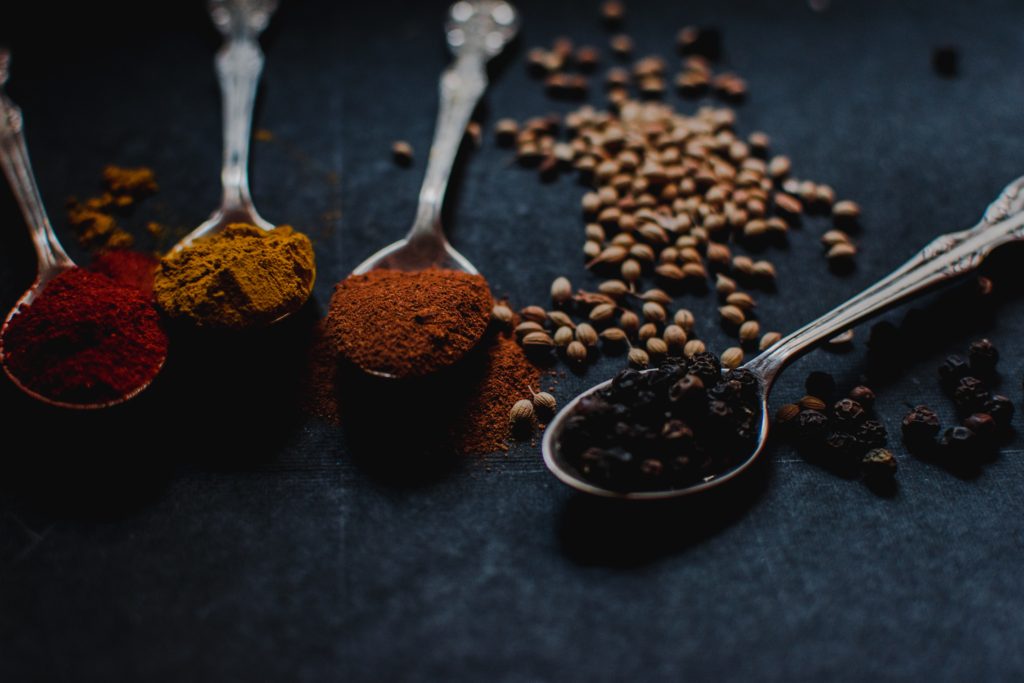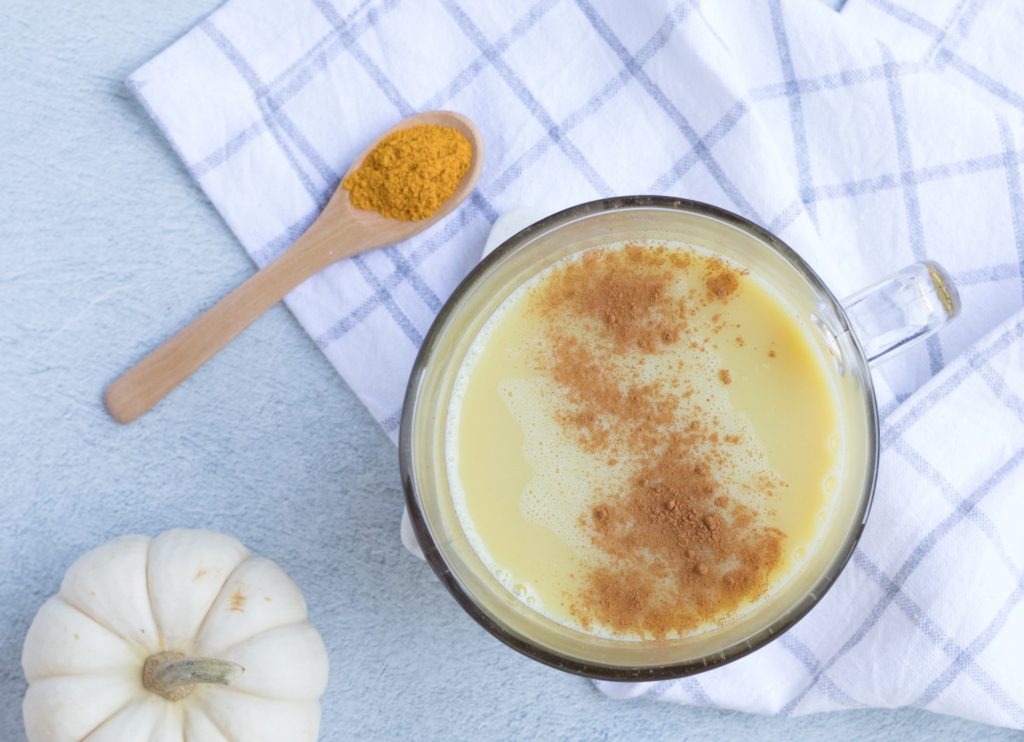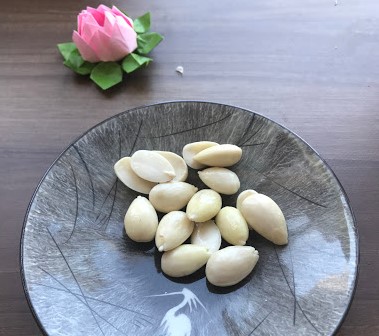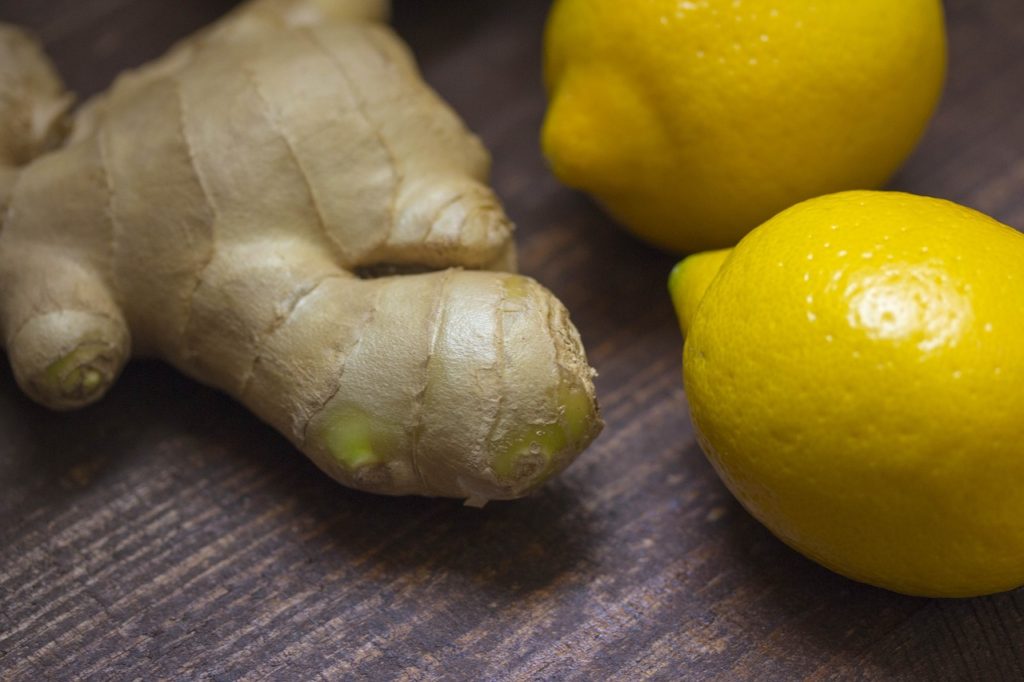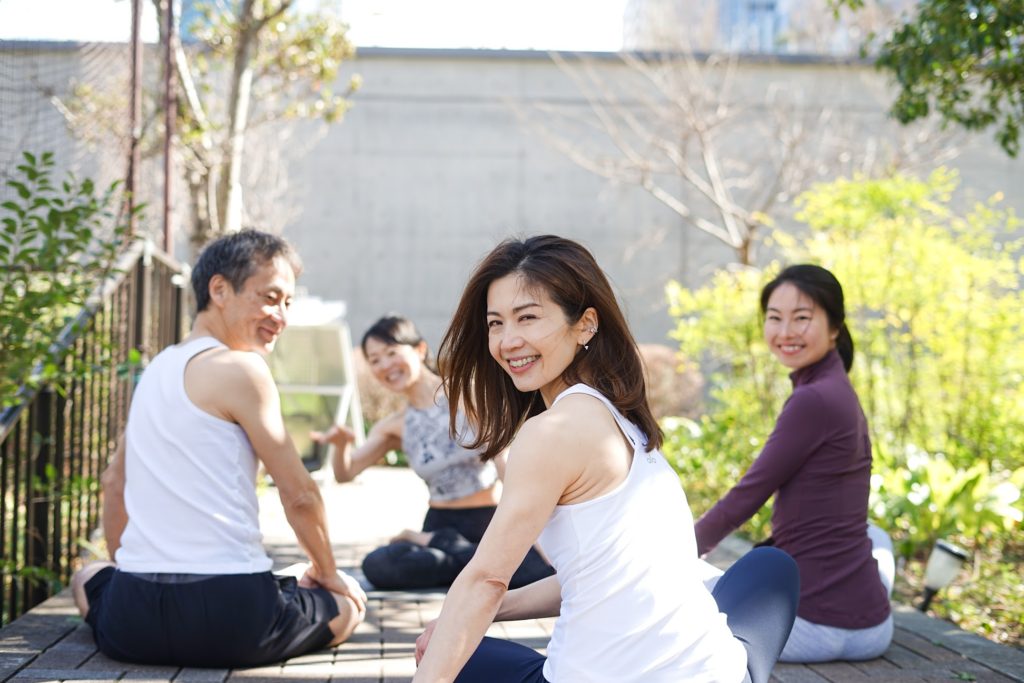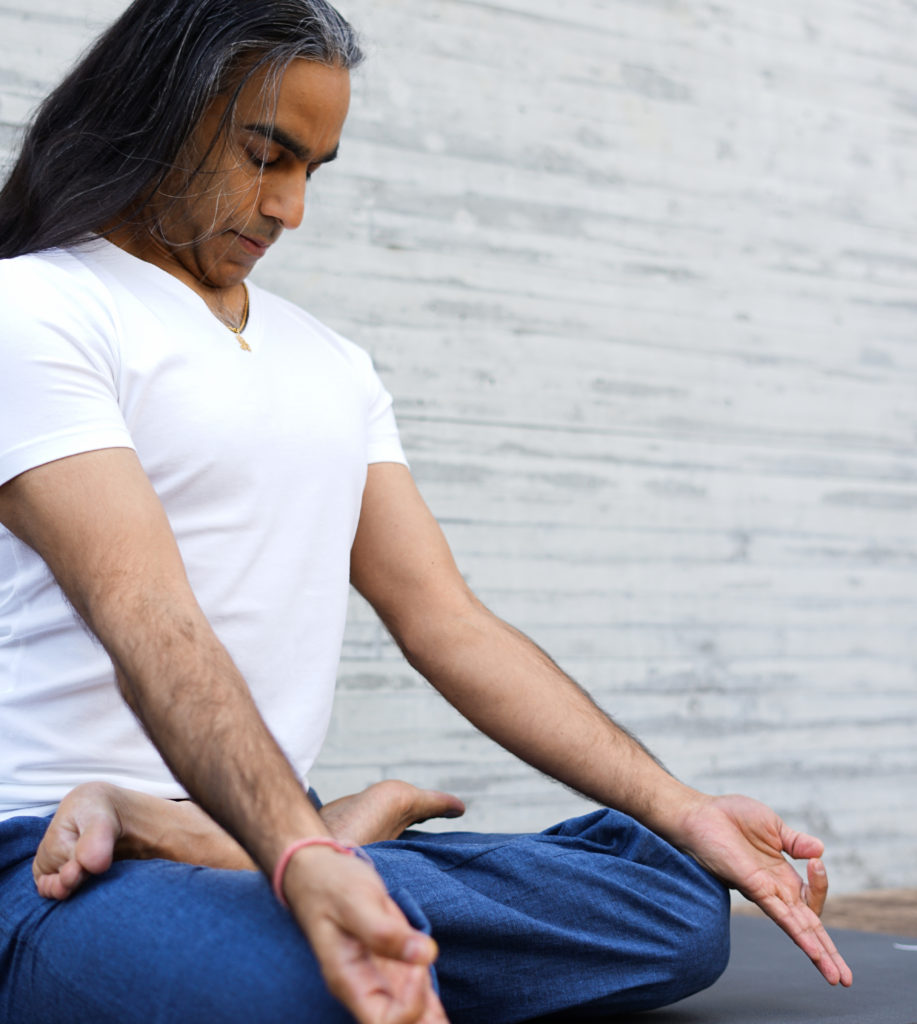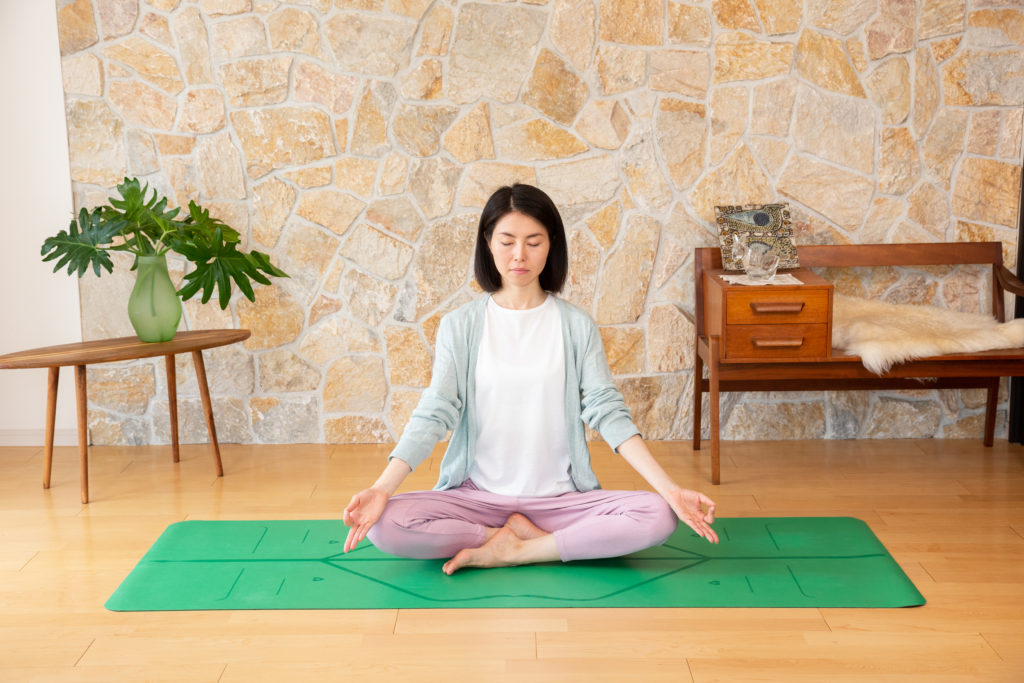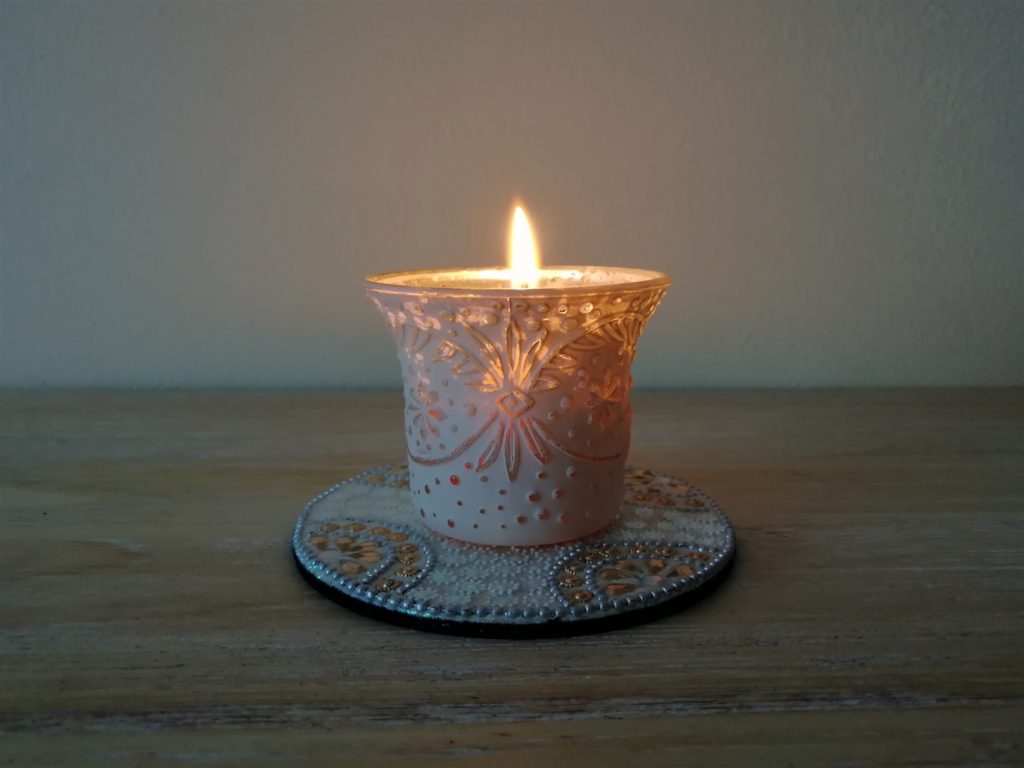10月夜の月曜/火曜クラス無料ご招待!
2020-10-11免疫力向上、グラウンディング、安らぎのために
10月月曜・火曜18:30~ ZOOM オンラインクラス

秋のスペシャルクラス
免疫力向上、グラウンディング、安らぎのために
10月の月曜日・火曜日に開催する夜のクラスは、これから秋、そして冬を迎えるにあたり、心と体を整えていくスペシャルクラスです。
秋はメンタルと身体がアクティブであり続け、ヨガのプラクティスを継続し、ポジティブであり続けることがとても大切な時期です。 冷えて、日が短くても気持ちを前向きに持ち続けること。そしてさらに寒く乾燥した冬に備えて心と体を準備するためにしっかりと準備をしていきましょう
月曜日 18:30-19:00
ストレスリリースヨガ(ストレッチ)
10/5 – 消化のためのツイスト-終了
10/12 – グラウンディング: 足 & 足首
10/19 – グラウンディング: 脚全体
10/26 – 体の側面を開く
火曜日 18:30-19:15
マインドフルネス & メディテーション
10/6 – 呼吸 & マントラ for Blissー終了
10/13 – 呼吸 & マントラ for Power
10/20 – 呼吸 & マントラ for Clarity※
10/27 – 呼吸 & マントラ for Peace
※10月20日は英語/日本語のバイリンガルクラスです
クラス無料ご招待
| 10月の月曜日と火曜日の夜のスペシャルクラスに皆さんを無料でご招待します!。無料クラスは月曜・火曜それぞれ1回ずつ有効です。初めての方はもちろん、今までにATHA YOGAのオンラインクラスを受講している方でもどなたでもご参加ください。 オンラインで登録:下のボタンをクリックしてクラスを選択し、クーポンコードを入力してください。月曜日「M10100」 火曜日「TMM1010」 ご家族・お友達をお誘いあわせの上、秋の夜のひと時を一緒に過ごしましょう お問い合わせ: info@athayoga.jp *ご予約期限 10月30日 |
最新のクラスの情報はATHA YOGA公式SNSまたは、メールでお知らせしています。ぜひご登録くください
秋のアーユルヴェーダとヨガのTipsについてのマニーシュのブログ記事
Autumn Yoga:
Stretches & Mantra
for Immunity, Grounding & Peace
To help you prepare for autumn, we are offering special classes for Immunity, Grounding & Peace on Monday and Tuesday evenings
Monday
18:30-19:00 JST Stress Release
10/5 – twists for good digestion
10/12 – grounding: feet & ankles
10/19 – grounding: legs
10/26 – opening the side body
Tuesday
18:30-19:15 JST Mantra & Meditation
10/6 – Breathing & Mantra for Bliss
10/13 – Breathing & Mantra for Power
10/20 – Breathing & Mantra for Clarity
10/27 – Breathing & Mantra for Peace

